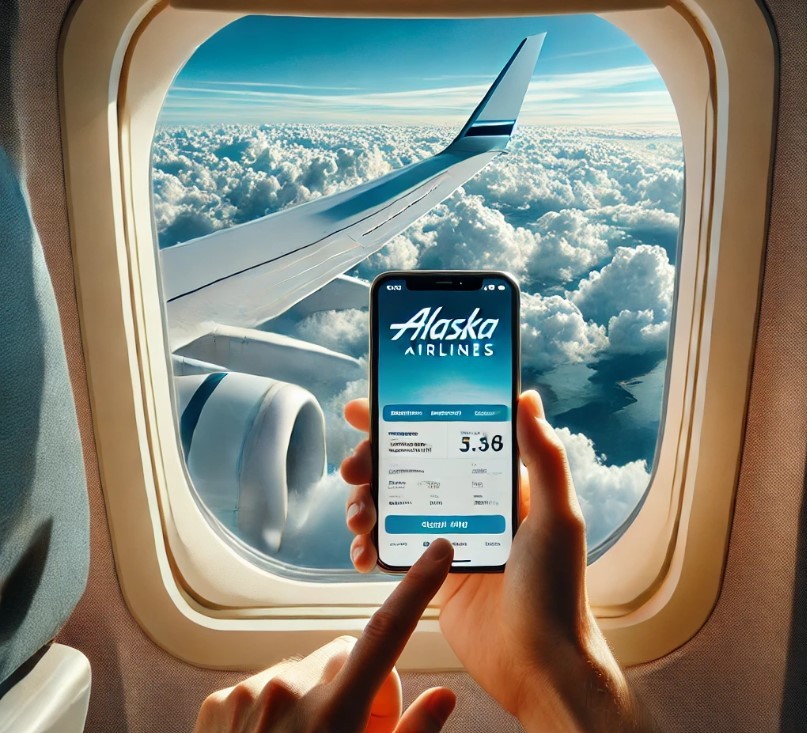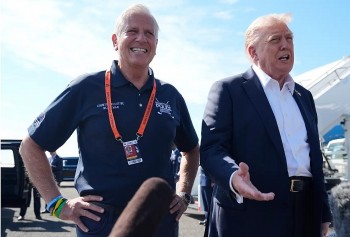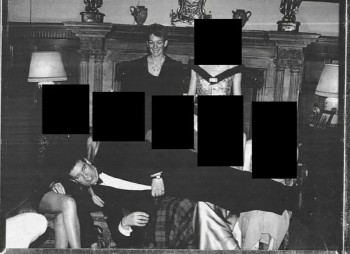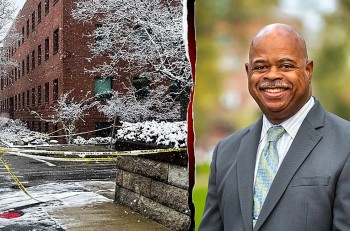Fact-Check: Is the Smithsonian Removing Artifacts from the African American History Museum?
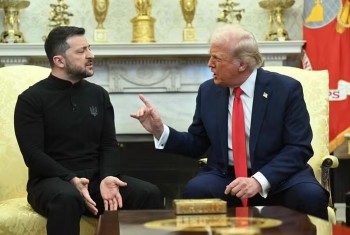 Fact-Check: Did Obama Give 'Sheets' To Ukraine? Trump's Comment During a Heated Exchange With Zelenskyy Fact-Check: Did Obama Give 'Sheets' To Ukraine? Trump's Comment During a Heated Exchange With Zelenskyy |
 Fact-Check: Is the U.S Government Paying for 11,020 Unused Adobe Licenses? DOGE Allegations Fact-Check: Is the U.S Government Paying for 11,020 Unused Adobe Licenses? DOGE Allegations |
Key Takeaways:
• The Smithsonian denies claims of political interference.
• No major artifacts, including the Greensboro sit-in counter, have been removed.
• Artifact returns are consistent with expiring loan agreements and exhibit rotation practices.
Some civil rights leaders and museum insiders allege that significant artifacts are being removed from the NMAAHC under political pressure following an executive order from President Trump titled "Restoring Truth and Sanity to American History."
However, the Smithsonian Institution firmly denies these claims, stating that all artifact returns and exhibit changes are part of standard museum practices, not politically motivated actions.
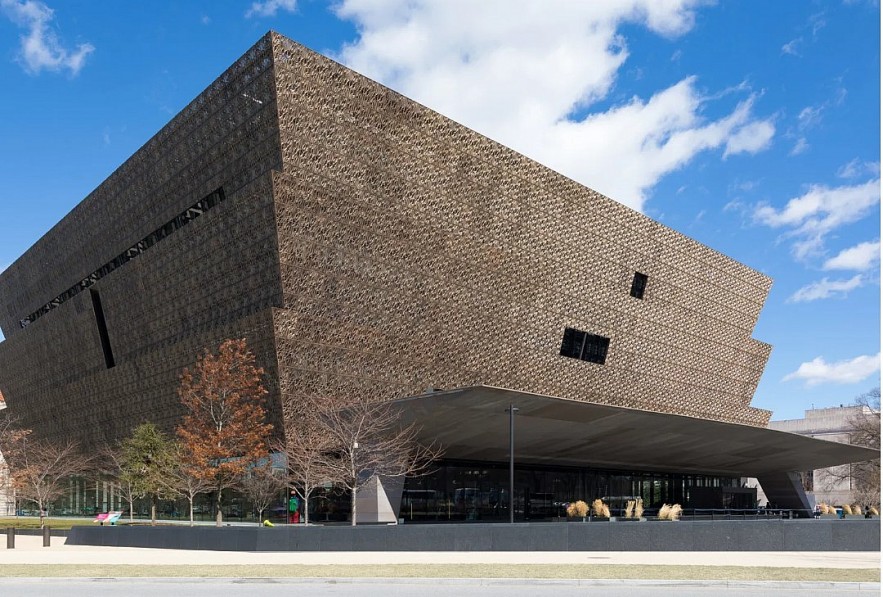 |
| Is The Smithsonian Removing Artifacts From The African American History Museum? |
The Background:
The controversy began after President Trump issued an executive order instructing federally funded cultural institutions to review exhibits and eliminate programs seen as promoting "divisive, race-centered ideology." Shortly after, Axios reported concerns from some civil rights activists and museum sources that artifacts were being "quietly removed" from the NMAAHC.
Rev. Amos Brown, a respected civil rights leader, pointed to the Smithsonian's plan to return a Bible he had loaned to the museum. Brown claimed he intended the Bible as a donation, not a loan. However, according to Smithsonian spokespeople, the Bible’s return was routine: its loan agreement expires in May 2025, and standard museum policy mandates the return of loaned objects unless otherwise renewed or donated.
Specific Rumors:
Rumors also surfaced that high-profile artifacts — including the Greensboro sit-in lunch counter and a historic stool central to the civil rights exhibit — were being removed. The Smithsonian unequivocally denied these claims, stating that both the lunch counter and stool remain on display.
What the Smithsonian Says:
In a statement, the Smithsonian emphasized that artifact rotation is normal operating procedure for major museums. Objects are often cycled out for conservation, loan expirations, or updates to exhibits.
"The integrity of our exhibits and our mission to educate and inspire remain unchanged," a Smithsonian spokesperson told NBC 4. "Standard collection management practices, not political pressure, govern our decisions."
Analysis:
-
No Clear Evidence of Political Interference: At this time, no verifiable evidence shows that artifacts are being removed from the NMAAHC due to political directives.
-
Normal Museum Practices: Returning loaned items and rotating artifacts are typical practices for major institutions, including the Smithsonian.
-
Concerns Remain: While there is no proof of politically motivated artifact removals, the concerns raised by civil rights leaders reflect broader anxieties about how federal cultural policy could impact museum content.
Conclusion:
The claim that the Smithsonian is systematically removing artifacts from the National Museum of African American History and Culture under political pressure remains unproven. Evidence so far points toward standard museum practices — not political purging. However, continued vigilance is warranted as federal policies around historical interpretation evolve.
 Fact-Check: Jonathan Butner's Claim of Over 40 Drones Over Langley Air Force Base Fact-Check: Jonathan Butner's Claim of Over 40 Drones Over Langley Air Force Base This analysis examines the credibility of Butner's account, corroborating evidence, and the broader implications of these drone sightings. |
 Fact-Check: The Atlantic's Jeffrey Goldberg in Top Secret Yemen War Chat Fact-Check: The Atlantic's Jeffrey Goldberg in Top Secret Yemen War Chat Jeffrey Goldberg unexpectedly gained access to classified discussions among top Trump officials regarding military actions in Yemen. How did this happen, and what does it ... |
 Fact-Check: Was NSA Director Gen. Timothy Haugh Arrested and Sent to Guantanamo Bay? Fact-Check: Was NSA Director Gen. Timothy Haugh Arrested and Sent to Guantanamo Bay? Recent online claims that U.S. Air Force General Timothy Haugh, Director of the National Security Agency (NSA), was arrested and sent to Guantanamo Bay following ... |
 Fact-Check: Is the Smithsonian Removing Artifacts from the African American History Museum? Fact-Check: Is the Smithsonian Removing Artifacts from the African American History Museum? The Smithsonian Institution is quietly removing artifacts from the National Museum of African American History and Culture (NMAAHC) in response to President Trump's executive order ... |




